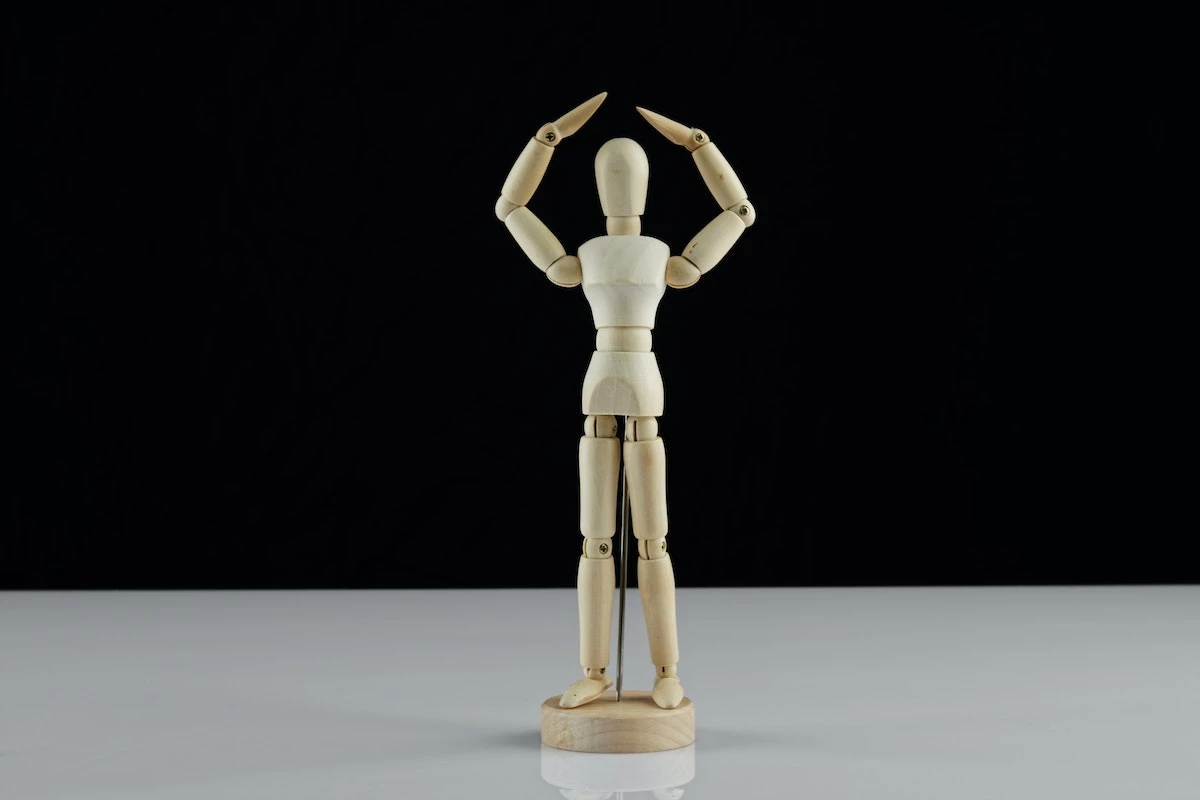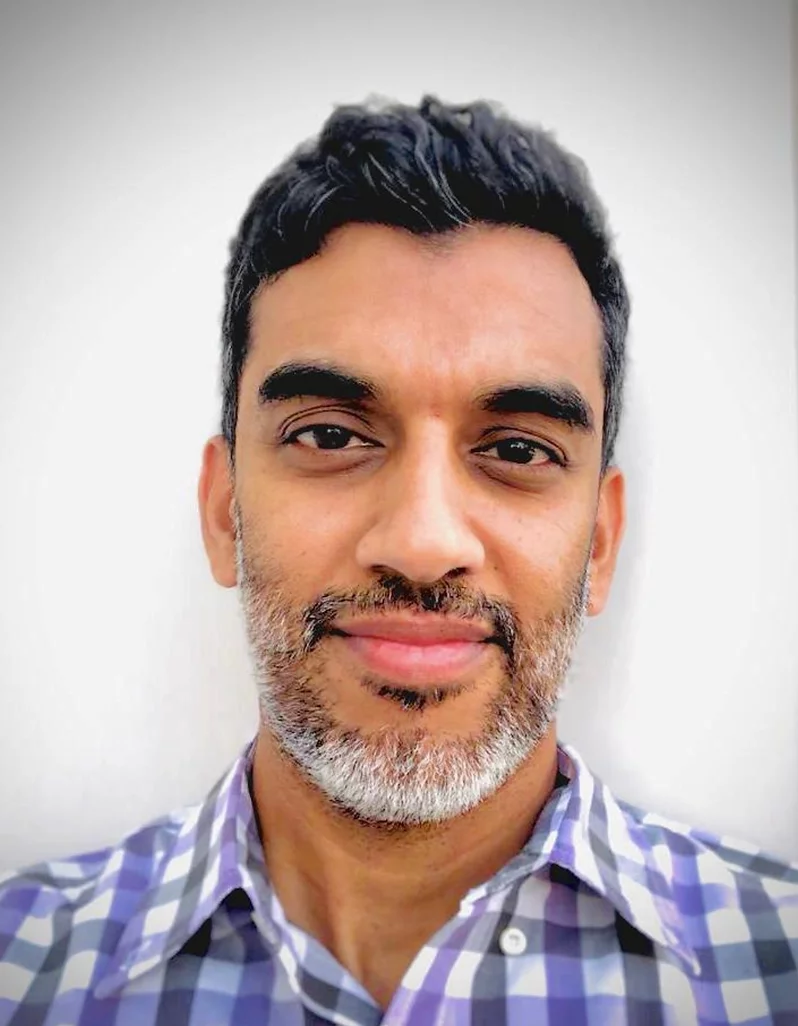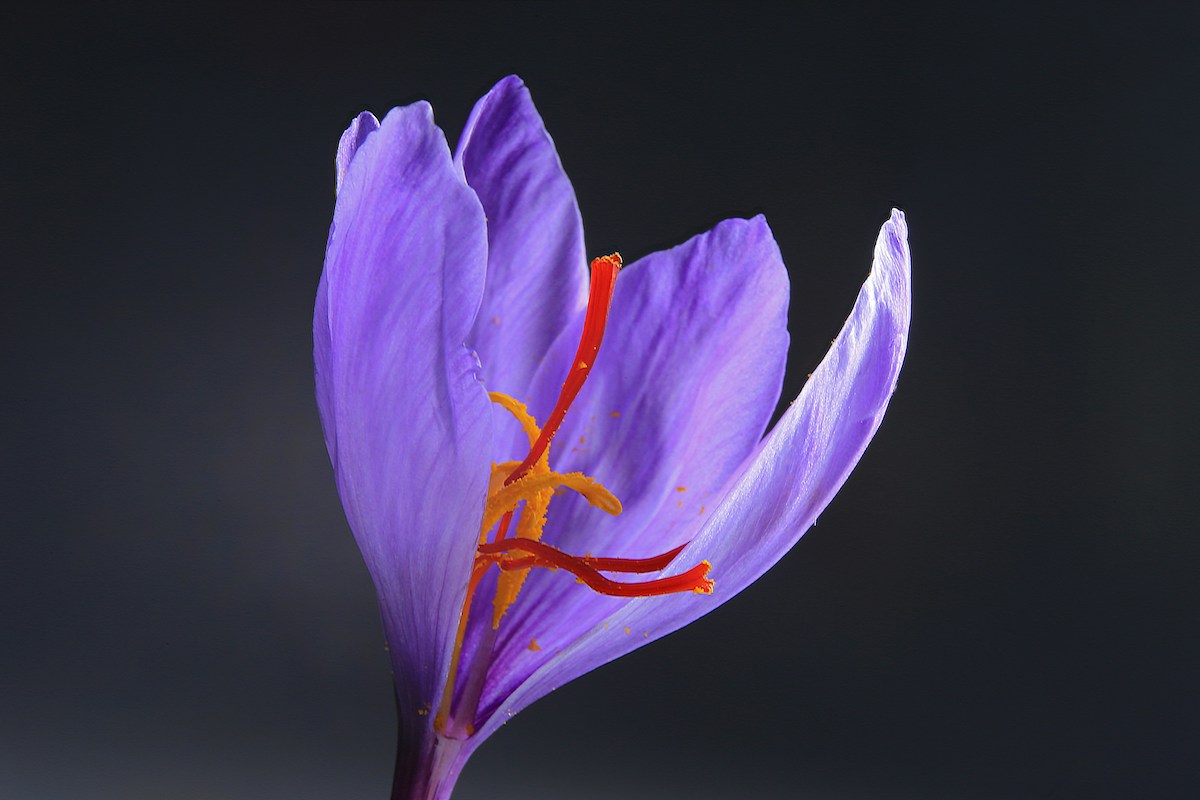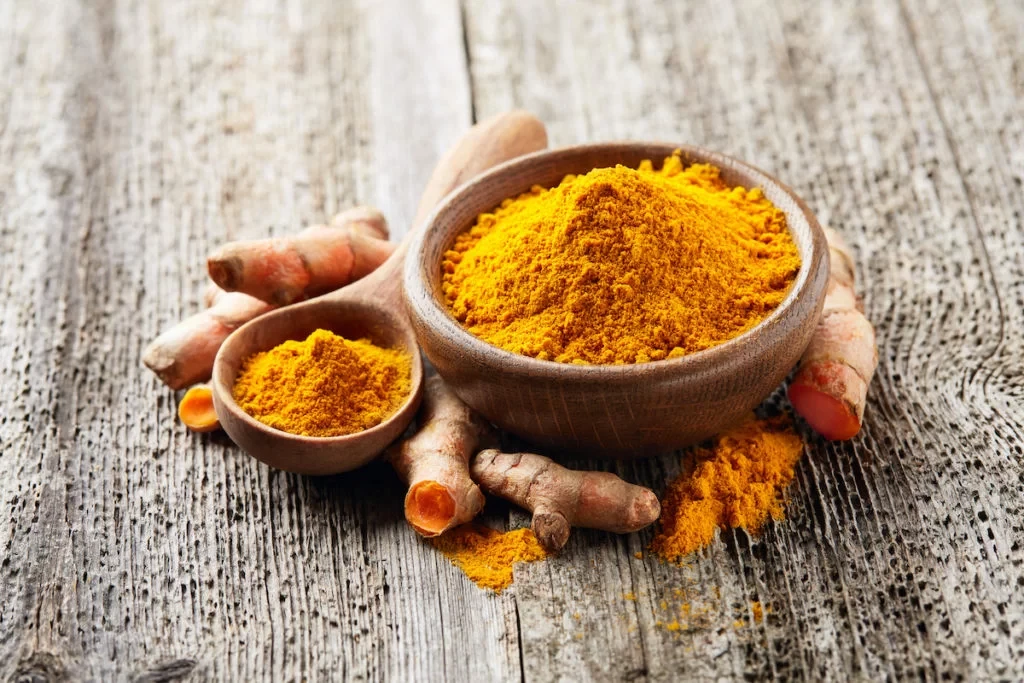Ayurvedic Anatomy Offers Opportunities To Heal

In this Article
Share
Who is Dr. Anoop Kumar?
Dr. Anoop Kumar is the host of the Healing is Possible podcast and founder of Health Revolution, a company focused on building a complete ecosystem for healing. He has penned numerous articles on mind-body perspectives and has authored two books: Michelangelo’s Medicine and Is This a Dream? By training, Anoop is board-certified in Emergency Medicine and holds a degree in Management.
In Dr. Kumar’s words – When a patient comes to me with a cough, I begin to visualize what may be happening. The cough localizes to the lungs, perhaps to the sacs of air called alveoli, the surrounding interstitium, or the bronchial airways. As I visualize this, what I’m doing is using the map I received in my training in medical school. That map is the map of the human body at the macro scale and the micro-scale. This is the beauty of allopathy. It gives us a detailed physical map with which to work and identify problems.
Ayurvedic Anatomy Or The Map For The Body
Ayurveda also has a map. It is a subtler map than we have in allopathy. The Ayurvedic map consists of the three doshas – Vata, Pitta, and Kapha. We may think of Vata as the tendency of movement. Pitta is the tendency to assimilate and change. And Kapha is the tendency of groundedness and structure. When you look at yourself closely, you will see that you are a combination of these tendencies. This is called ayurvedic anatomy.
We experience the tendency of structure as physicality and a body, though we know that the body is constantly changing. We experience the tendency towards movement in our thoughts, feelings, and the body’s locomotion. The tendency of assimilation and change is experienced as our evolution through situations and a lifetime, both physically and mentally. Ayurveda says that a balance among these tendencies is the essence of health and healing. On the other hand, the imbalance leads to dis-ease.
“
When we realize that there are many models of human anatomy available to us, whether that of Allopathy, Ayurveda, or another healing system, we will see opportunities to heal all around us.
The Ayurvedic Homeostasis
The Ayurvedic vision of health is similar to the allopathy/allopathic vision of homeostasis. Homeostasis is the body’s dynamic equilibrium maintained by constantly adjusting its PH, electrolytes, temperature, blood pressure, heart rate, and many other variables. By keeping these within range, we can maintain the body’s functions. Ayurveda extends this principle to the subtle world of energy and mind. It says homeostasis also happens in the mind and at the more advanced pre-matter level–the level expressed as the mind and the body.

By applying this knowledge, one can start to adjust the body’s tendencies and its expression by using several means, including different kinds of breathing, different foods, different relationships, and even different ways of thinking. The number of levers available to act on health increases exponentially when we turn to the deep knowledge of Ayurveda. And notably, this approach perfectly complements the knowledge of allopathy and vice versa. There are many paths to health and healing through Ayurveda.








